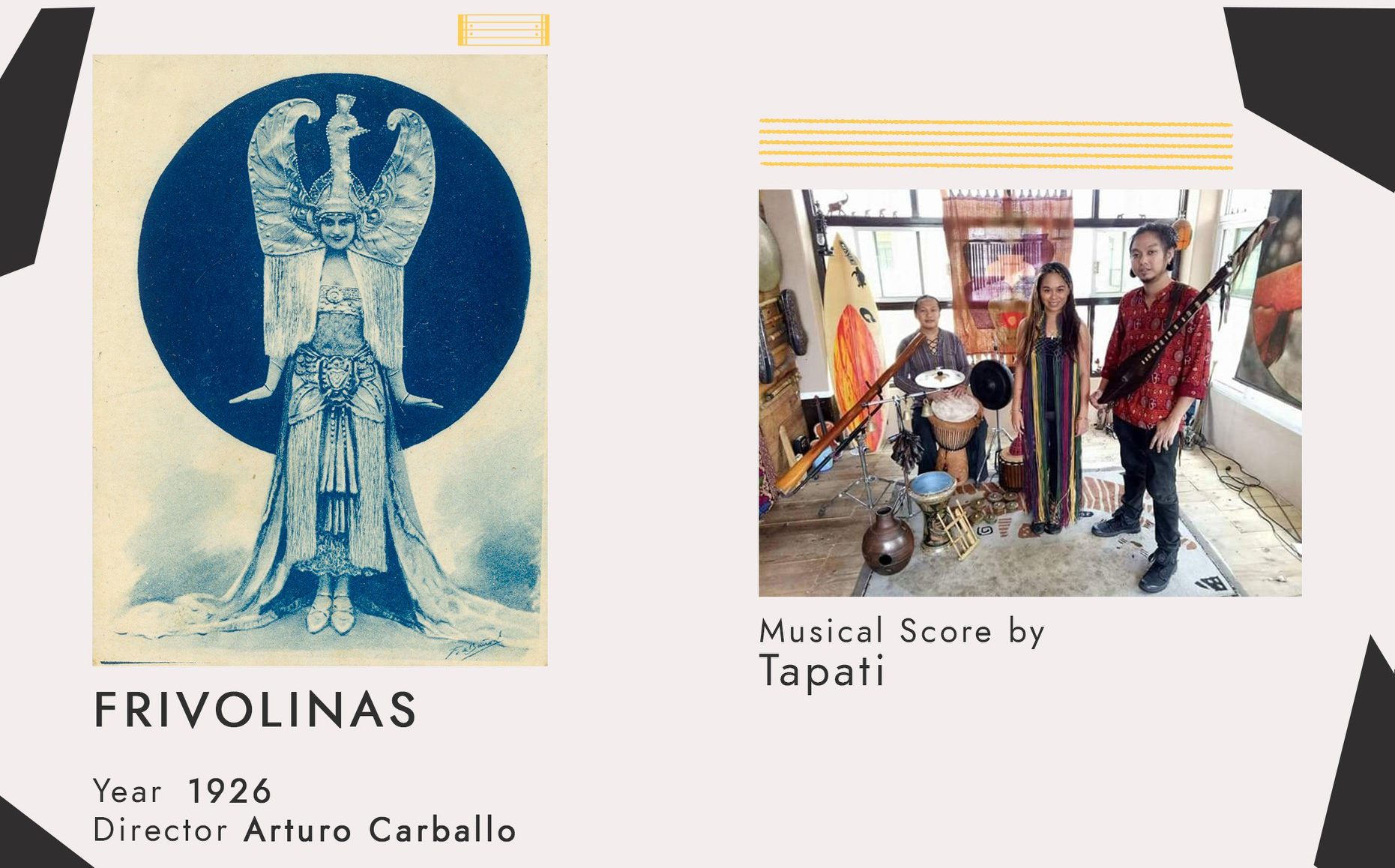The Spanish entry to the recent run of the International Silent Film Festival Manila (ISFFM), Arturo Caballo’s Frivolinas (1927), is a film that certainly gives justice to its name. Set in the colorful 1920’s theatre scene in Madrid, the film is 80 minutes of pure frivolo–owing to its backdrop of stage productions, the vivid Madrid nightlife, and an equally trivial storyline.
Frivolinas revolves around a widower named Don Castro, who spends much of his time enjoying the spoils of the nightlife, going from club to club, and watching local dance and musical productions–one of his favorite acts being a vaudeville with a clown named Ramper.
A big chunk of Frivolinas is dedicated to these performances; it is even based on three popular shows in the 1920’s: “Las Maravillosas,” “Arco Iris,” and “La Feria de las Hermosas.” Although the film banks on elaborate stage productions and impressive performances, these do little to push the narrative–however as the film goes on it becomes a question whether narrative was ever the point. The film’s plot does take its only real turn, however, when it is revealed–by taking off his makeup–that Ramper is actually Ramon, a character who had been pursuing Don Castro’s daughter, Paquita, much to his protestation. What follows is a chronicle of the couple trying to trick Don Castro into giving their engagement his blessing.
Presented as a comedy-musical hybrid, this film is probably jarring to the modern cinema-goer. Very easily it could come off as a mishmash of several stage shows with sparse narrative and little characterization, and fall short–a flatout bore amid all the festivity the film imbibes. Indeed, the film’s storyline seems secondary to its display of theatrical entertainment of the time, but perhaps, this was always the attempt–a tribute to Madrid in this particular time, equal parts strange, curious, bland, and yet also amusing. It’s important to note that in this vein, Frivolinas is characteristic of Spanish silent movies in the 1920’s–primarily reflective of local cultural tastes, and thus, highlighting the entertainment scene in Madrid over, well, all other aspects of the film.
Also dependent on physicality and physical comedy, and coupled with intricate set designs and production numbers, the attempt is actually kind of perfect for a silent film–aimed to make a visual impact to its viewers. At almost half an hour long, though, it may have been a little too ambitious, especially for more contemporary audiences. We’re left with a mix of some great scenes, and also some you could go ahead and skip–all wrapped up in a film that’s maybe an hour too long. But then again, for a film that is all about show, it certainly delivers.
INQPOP/Megan Flores




